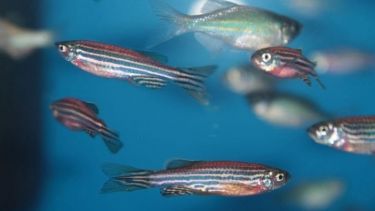Senescence (the process of growing old) drives the onset and severity of multiple ageing-associated diseases and frailty. As a result, there has been an increased interest in mechanistic studies and the search for compounds targeting senescent cells. Current methods are both expensive and time consuming but researchers from the University of Sheffield’s Healthy Lifespan Institute have found an answer to the problem.
Led by Professor Ilaria Bellantuono co-director of The Healthy Lifespan Institute and Professor Steve Renshaw from the Department of Infection, Immunity and Cardiovascular Disease, researchers have developed a new model which allows tracking and measuring the number of senescent cells in a living organism. The model can develop senescence in as little as 5 days in a tissue culture dish.
Zebrafish share high homology in genes associated with human ageing and disease and can be genetically modified relatively easily. In larvae, most organs develop within 5 days of fertilisation and are transparent, which allows tracking of fluorescent cells in vivo in real time, testing drug off-target toxicity and assessment of cellular and phenotypic changes. This method enables scientists to investigate senescent cells prior to using more expensive and time-consuming mammalian systems.
Read the full study here.

